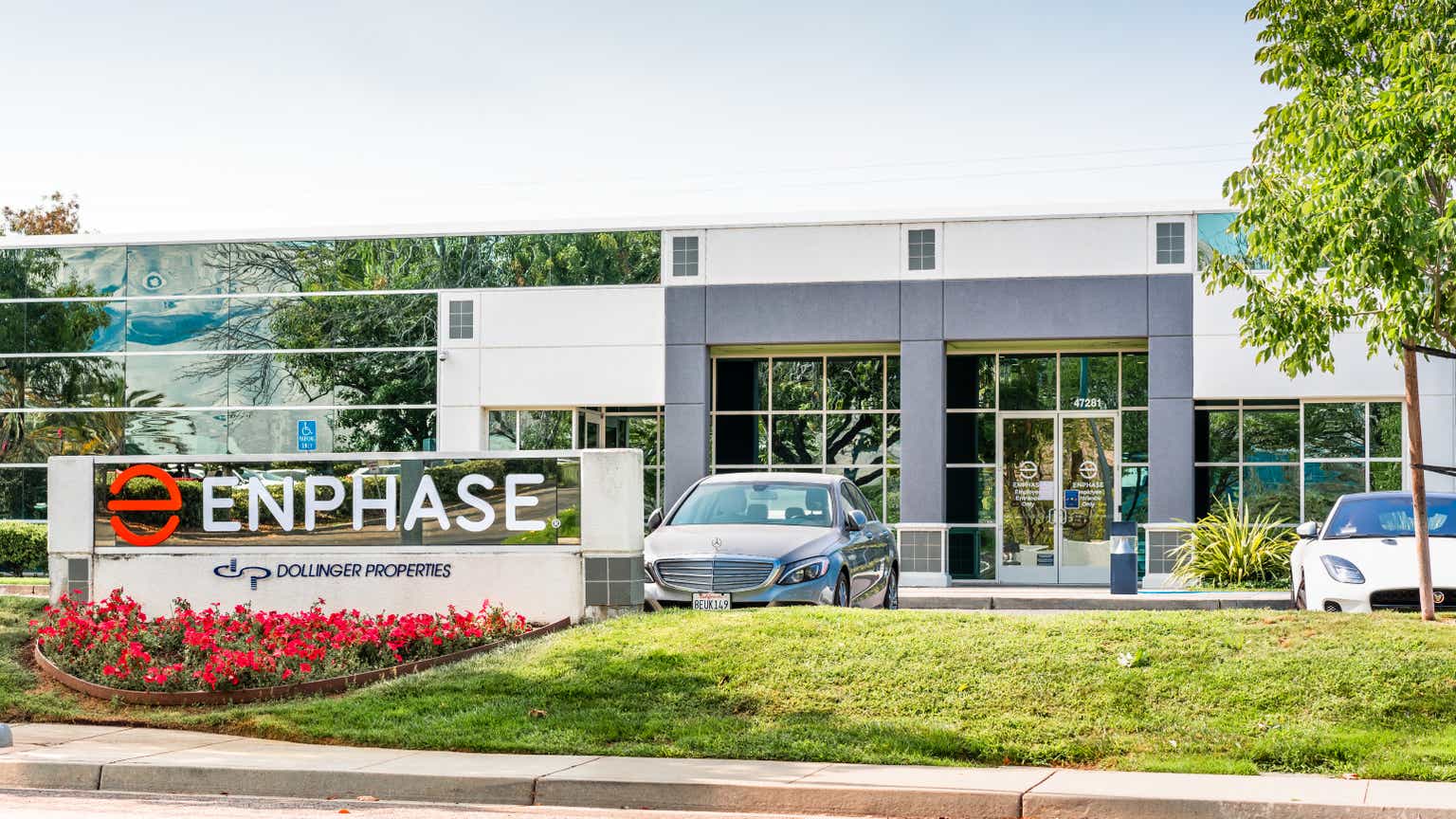The utility-scale solar sector in the U.S. faces a critical juncture as recent policy and tariff changes reshape its landscape. The ongoing evolution of regulations, coupled with fluctuating market dynamics, raises questions about the sustainability of growth in renewables. Stakeholders must navigate these complexities to maintain momentum in a sector that has seen significant investment and innovation. The implications of these changes extend beyond immediate financial considerations; they impact long-term strategies for energy production and environmental sustainability. Understanding the interplay between policy shifts and market responses is essential for industry players aiming to capitalize on the renewable energy transition.
To adapt to the shifting landscape, industry leaders must leverage insights from recent developments to inform their strategies. Emphasizing collaboration with policymakers and investing in technology that enhances efficiency will be crucial for maintaining a competitive edge. The key takeaway is that while challenges persist, the potential for growth in the U.S. renewables sector remains robust, provided that stakeholders remain agile and responsive to the evolving regulatory environment. By focusing on innovation and strategic partnerships, the sector can continue to thrive and contribute to a sustainable energy future.









